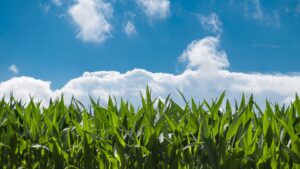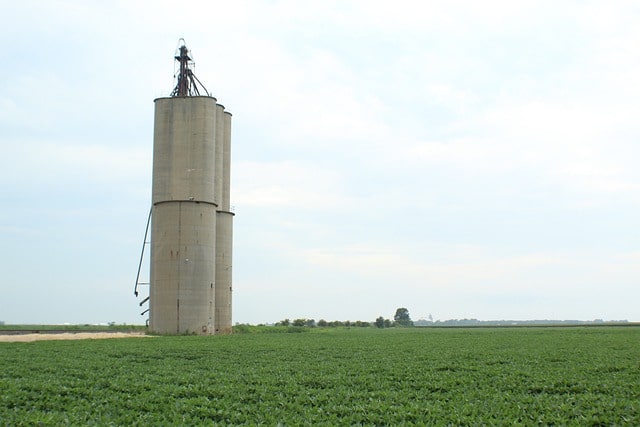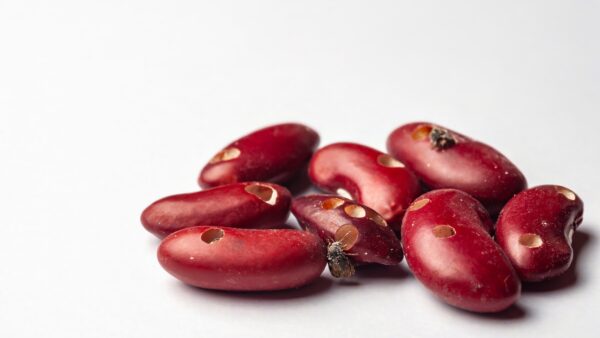More and more farmers are opting into variable rate technology, according to the USDA. Not surprisingly, corn and soybean growers lead the charge.
New data published in a summary report (link: https://www.ers.usda.gov/data-products/chart-gallery/gallery/chart-detail/?chartId=107116#:~:text=Cotton%20acreage%20using%20VRT%20showed,soybean-planted%20acres%20in%202018) from the United States Department of Agriculture’s (USDA) Agricultural Resource Management Survey (ARMS) shows that use of Variable Rate Technology (VRT) in farm fields has climbed steadily since about 2000 and is now used in a substantial percentage of acres. According to a release from the USDA, corn and soybeans lead uptake, with VRT in corn fields reaching 37% of planted acres in 2016 (the most recent year of data included in the report), and VRT in soybean fields reaching 25% of planted acres in 2018.
The report shows there was slow uptake of variable rate technology (VRT) when it was first brought to market in the late 1990s and early 2000s. Adoption through its first years remained below 10% of planted acres for all crops included in the survey: corn, soybeans, rice, cotton, winter wheat, and sorghum.
However, the ARMS shows that VRT adoption rates have increased notably over the past 20 years. “The VRT adoption rate for corn stood at 37.4% of planted acres in 2016, up from 11.5% in 2005. Cotton acreage using VRT showed a similar increase, rising from 5.4% in 2007 to 22.7% in 2019,” noted the report.
Use of VRT in other crops has similarly jumped, the release said, to 13.9% of sorghum acres in 2019, 18.8% of winter wheat acres planted in 2017, and 25.3% of soybean acres in 2018.
“VRT adoption follows a pattern common to other precision technologies: higher adoption by large farms and lower adoption among smaller farms, in part because larger farms can spread the fixed costs of adoption over greater production amounts.”
Growers use VRT to optimize the placement of crop inputs including seed, fertilizer and chemicals. Precision placement of inputs enables growers to maximize productivity, limit resource wastage and improve overall farm sustainability and efficiency.
A chart and more information on the topic appear in the USDA, Economic Research Service report Precision Agriculture in the Digital Era: Recent Adoption on U.S. Farms, published in February 2023.












